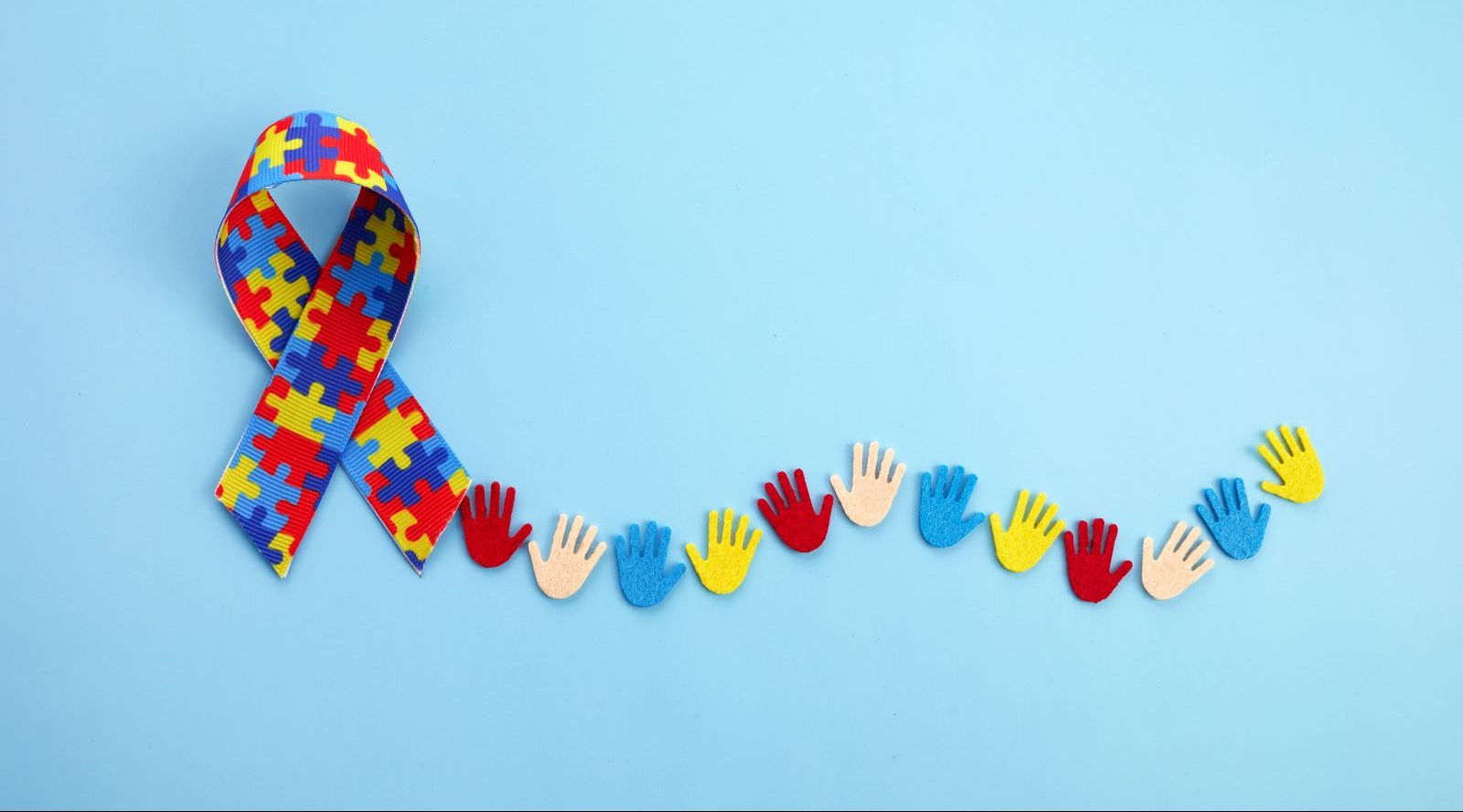Checking Out Autism: Methods for Effective Communication and Interaction
Effective communication and communication with individuals on the autism spectrum necessitate a comprehensive understanding of their special requirements and choices. The details of these methods disclose further considerations that merit exploration, especially in exactly how they can be adapted to diverse contexts and private experiences.
Understanding Autism Spectrum Condition
Autism Spectrum Disorder (ASD) encompasses a variety of neurodevelopmental conditions defined by difficulties in social interaction, communication, and recurring habits. The term "range" reflects the varied indications and differing degrees of intensity experienced by people with ASD. While some might display considerable disabilities, others might present high-functioning traits, enabling higher self-reliance in life.
The onset of ASD generally occurs in very early childhood years, with indicators usually well-known by age 2. Very early indications may consist of postponed speech growth, minimal eye call, and problems in understanding social signs. Although the exact etiology of ASD continues to be unclear, research study recommends a mix of hereditary and environmental elements plays an essential role in its development.
People with ASD frequently have one-of-a-kind strengths, such as enhanced attention to information and outstanding memory skills. They may have a hard time with recognizing abstract principles and handling changes to routine - autism. As a result, interventions and assistance customized to specific demands are important for promoting interaction and social skills. Acknowledging the intricacy of ASD is important for promoting recognition, acceptance, and effective methods that facilitate significant communications with individuals on the spectrum.

Significance of Clear Interaction
Reliable communication is crucial for cultivating understanding and link, specifically for individuals with Autism Spectrum Disorder (ASD) Clear communication not only assists in social interactions however additionally boosts the person's capability to reveal their needs, ideas, and feelings. For individuals with ASD, the subtleties of language can commonly be challenging; consequently, making use of unambiguous and uncomplicated language is important.
In addition, clear interaction helps in reducing stress and anxiousness that might arise from misconceptions. When messages are conveyed in a consistent and straight manner, individuals with ASD are much better geared up to translate info properly, which can significantly boost their social involvement and involvement in numerous settings.
Establishing regimens and making use of aesthetic assistances can even more strengthen clear communication. These methods provide individuals with foreseeable structures that aid comprehension and retention of info. In addition, proactively paying attention and being person throughout interactions promotes a helpful atmosphere where individuals with ASD really feel valued and recognized.
Inevitably, focusing on clear communication not only equips people with ASD yet also promotes more meaningful connections with their peers, caregivers, and the wider community, paving the means for collective partnerships and comprehensive interactions. - autism
Non-Verbal Interaction Techniques
Communication extends past words, and for people with Autism Range Condition (ASD), non-verbal hints play a significant role in communications. Non-verbal interaction strategies can consist of faces, motions, body language, and eye call, all of which function as vital components for sharing intents and feelings.
Comprehending and translating these non-verbal signals can improve interactions with individuals with ASD. A cozy smile or open pose can develop an inviting atmosphere, motivating interaction. Likewise, using aesthetic help-- such as photo cards or signs-- can bridge communication voids visit this web-site and assist convey messages better.
It is additionally crucial to be mindful of individual area, as individuals with ASD might have various comfort degrees regarding proximity. Observing their responses to physical nearness can notify suitable adjustments.

Developing Helpful Environments
Creating a supportive setting is critical for fostering favorable interactions and enhancing the health of people with Autism Spectrum Problem (ASD) Such atmospheres can considerably reduce anxiousness and produce a sense of safety, permitting individuals to share themselves a lot more easily.
To achieve this, it is necessary to think about sensory sensitivities that people with ASD might experience. Customizing the physical space to consist of soft lighting, minimal history noise, and comfy seats can create a soothing atmosphere. Furthermore, making use of regular routines and clear aesthetic routines can aid people expect changes and minimize unpredictability, further promoting convenience.
Social spaces ought to be structured to minimize overwhelming stimuli while offering chances for engagement in recommended tasks. Helping with areas marked for quiet time can additionally function as a haven throughout minutes of tension. Notably, integrating components of selection empowers people, permitting them to work out firm in their environment.

Urging Social Interactions
Fostering social communications amongst people with Autism Range Condition (ASD) calls for intentional approaches that focus on comfort and involvement. Establishing foreseeable routines can aid lower stress and anxiety, making social setups extra friendly. Creating organized environments with specified roles and responsibilities enables people to engage without the frustrating stress of unstructured social dynamics.
Including interests and staminas right into social tasks can offer as a catalyst for interaction. Organizing group activities around shared leisure activities or topics of fascination can facilitate all-natural conversations and links. Additionally, using aesthetic supports, such as social scripts or photographic schedules, can assist in understanding social hints and assumptions.
Designing ideal social habits is vital - autism. Peers and grownups need to demonstrate effective interaction techniques, including active listening and turn-taking. Role-playing circumstances can likewise give a safe room for people to exercise these abilities
Last but not least, promoting peer relationships with comprehensive practices is crucial. Motivating inclusive playdates or group outings can produce possibilities for socialization in a comfy discover this setting. By carrying out these educators, caretakers and strategies can dramatically boost social communications for people with ASD, promoting their total social growth official site and well-being.
Final Thought
In verdict, effective communication and interaction techniques are necessary for sustaining individuals with Autism Spectrum Problem. Ultimately, these techniques encourage people with autism to navigate social landscapes, promoting their total well-being and allowing the growth of enduring partnerships.
Effective communication and communication with people on the autism range necessitate an extensive understanding of their unique needs and choices. Clear interaction not only helps with social communications but also enhances the individual's capability to share their ideas, emotions, and demands.Promoting social interactions amongst individuals with Autism Spectrum Problem (ASD) needs willful strategies that prioritize comfort and interaction. By carrying out these instructors, strategies and caretakers can considerably improve social communications for people with ASD, advertising their general social development and well-being.
In verdict, efficient communication and interaction strategies are important for supporting individuals with Autism Spectrum Condition.